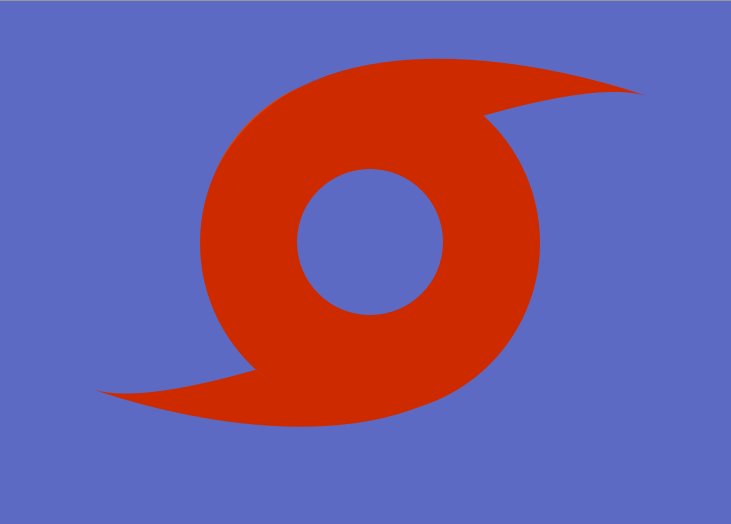Preparing For a Disaster During Hurricane Season

In 1992, I was just a kid enjoying my summer in Miami, when all of a sudden we were facing a Category 5 hurricane. I remember that time quite vividly, but there are a few key things that stick out about living through Hurricane Andrew:
- The beautiful weather on August 23rd, making it hard to believe that a hurricane was actually about to hit
- The winds whipping through the house after all the windows shattered (and the crazy sounds that brought with it)
- The 17 days after August 24th when we were without power (in Miami's notoriously hot and humid climate)
In 1992, staying connected meant something different than it does today. I was just a little girl, so I have no idea how companies picked up the pieces after Andrew completely destroyed our city.
Now, it’s almost impossible to imagine being without power for 17 days and the catastrophic implications that would have on any business’s profit margins.
Today, 28 years since Hurricane Andrew hit Miami and with hurricane season in full swing, it’s a good time to think about how you will prepare for and recover from a disaster.
With a little work, you can ready your business and support clients who operate in affected areas.
Put your business continuity plan to action
If you've got a business continuity plan, now is the time to make sure you're ready to roll it out. If you haven't developed yours just yet, there are still ways you can prepare your business and customers to weather the storm, but you should make it a priority to create your ongoing plan.
- Have a communications plan. Make sure all of your employees and clients have updated their contact information so you know how to reach them. And let everybody know how they can reach you throughout the event and in its aftermath. If you’ve got a main phone number where you’ll be pushing out recorded messages with updates, make sure all your contacts are aware of that number and how often messages will be updated.
- Create “if/then” scenarios. If/then scenarios help manage both employee and customer expectations around when services or work will resume normal operations. For example, if one day after a hurricane makes landfall road conditions are safe, then clients can expect on-site visits within a week or as needed. Communicate these scenarios to anyone who is affected.
- Consider extending support hours. As long as it's safe to do so and you are capable of doing so, consider offering extra support before, during, and after a crisis. Your clients may have more concerns and questions than usual and could benefit from reaching you outside of normal hours. Not to mention, this is a powerful way to build up trust and loyalty amongst your clients.
Protect your data
You've been hearing about the cloud for so much time now, but natural disasters make a very powerful case for making the switch. There's no real reason to have your important data centers on-premise, as it is expensive and risky. And if you have clients who are in natural-disaster-prone regions, they really could benefit from cloud hosting.
As a hurricane approaches, business owners and clients will be really worried about servers, devices, and data whether the office environment is remote or a hybrid. Every place of employment should have a standard process for how to secure devices when a storm is approaching. Living in Miami, this is a natural procedure in every place I've worked. If a storm is coming, we know what to do.
Make sure your employees know what they have to do (either at home or in the office) and offer advice to your clients for doing the same.
Finally, when it comes to backup and disaster recovery, take every opportunity you can as an MSP to shed light on how a BDR tool, like ConnectWise Recover, can be a game-changer in the event of a hurricane or other natural disaster. Without living through any major event, it may be hard for your clients to imagine why they would need to invest in a BDR tool. But, hit them with the truth. Remember, after Andrew we were without power for 17 days. If that happened to your client, everything they’ve worked so hard for could be lost. But a BDR can paint a vastly more optimistic picture as far as restoration efforts are concerned.
Hurricanes are scary and nerve wracking, but they certainly don’t have to wipe out your business. A little preparation and the right tech stack can go a long way.
Free MSA Template
Whether you’re planning your first managed services agreement, or you’re ready to overhaul your existing version, we've got you covered!


